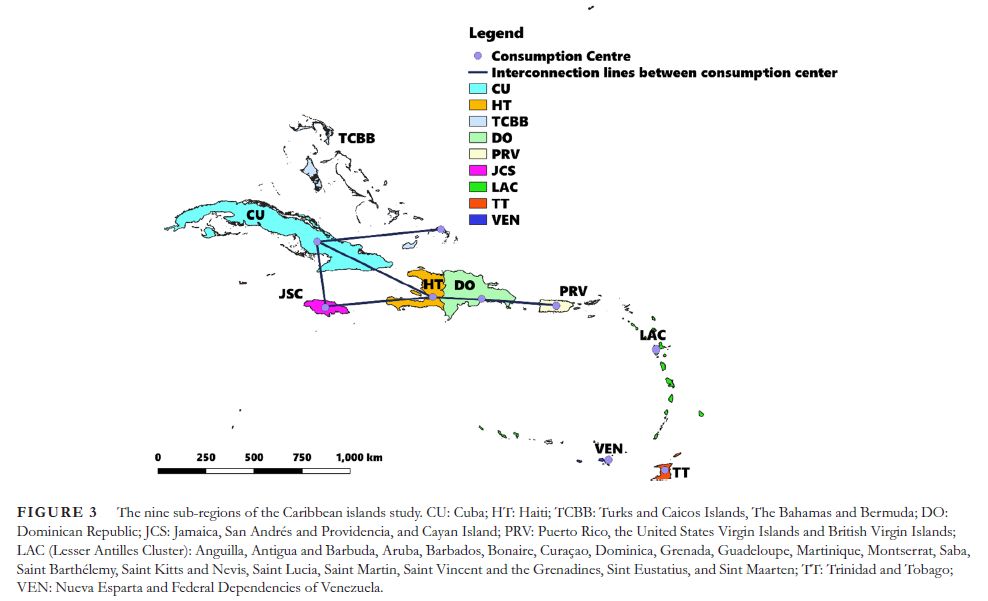Reposted by Peter A. Strachan
Reposted by Peter A. Strachan
Reposted by Peter A. Strachan
Reposted by Peter A. Strachan
Reposted by Peter A. Strachan

Reposted by Peter A. Strachan

Reposted by Peter A. Strachan

Reposted by Peter A. Strachan

Reposted by Peter A. Strachan

Reposted by Peter A. Strachan

Reposted by Peter A. Strachan

Reposted by Peter A. Strachan

Reposted by Peter A. Strachan

Reposted by Peter A. Strachan

Reposted by Peter A. Strachan

Reposted by Peter A. Strachan

Reposted by Peter A. Strachan

Reposted by Peter A. Strachan

SouthCoast Wind will generate 2.4 GW of offshore wind for Massachusetts and Rhode Island
www.maritime-executive.com/article/bide...
Reposted by Peter A. Strachan
Dec. 16 US Supreme Court declines to hear challenges to California's right to control auto CO2
x.com/mzjacobson/s...
Dec. 18 Montana Supreme Court affirms kids' right to stable climate
x.com/mzjacobson/s...
Reposted by Peter A. Strachan
Reposted by Peter A. Strachan

"Plaintiffs definitively showed at trial..that climate change is causing serious+ irreversible harms to environment in Montana-assuring future Montanans a 'harmful' rather than 'healthful' envir. as guaranteed by Constitution"
www.theguardian.com/us-news/2024...
Reposted by Peter A. Strachan
Reposted by Peter A. Strachan
Reposted by Peter A. Strachan
Reposted by Peter A. Strachan
Reposted by Peter A. Strachan
Reposted by Peter A. Strachan

Reposted by Peter A. Strachan

Reposted by Peter A. Strachan

Reposted by Peter A. Strachan


